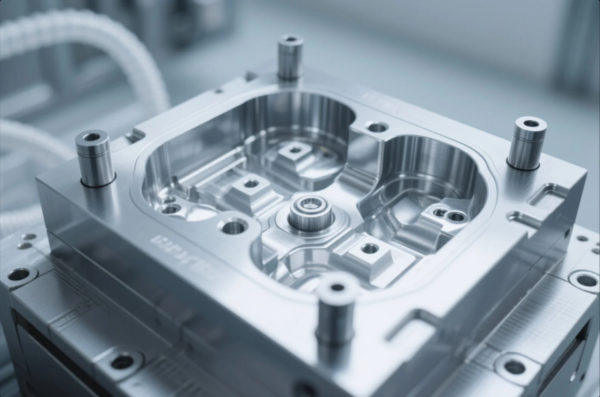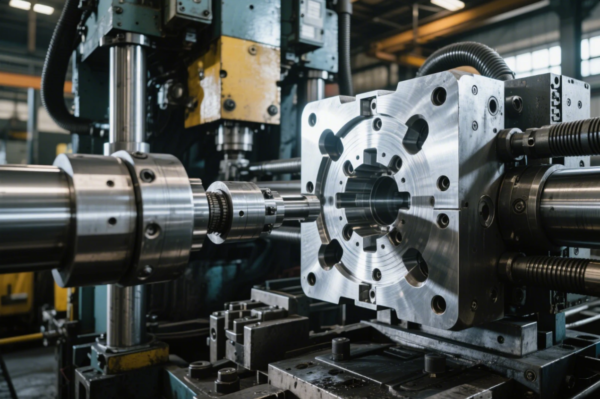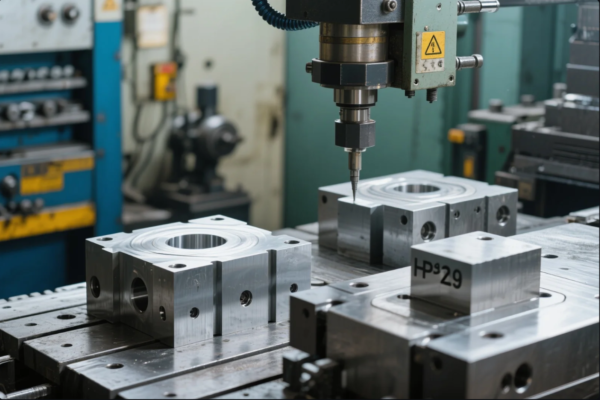What is the stretch method?
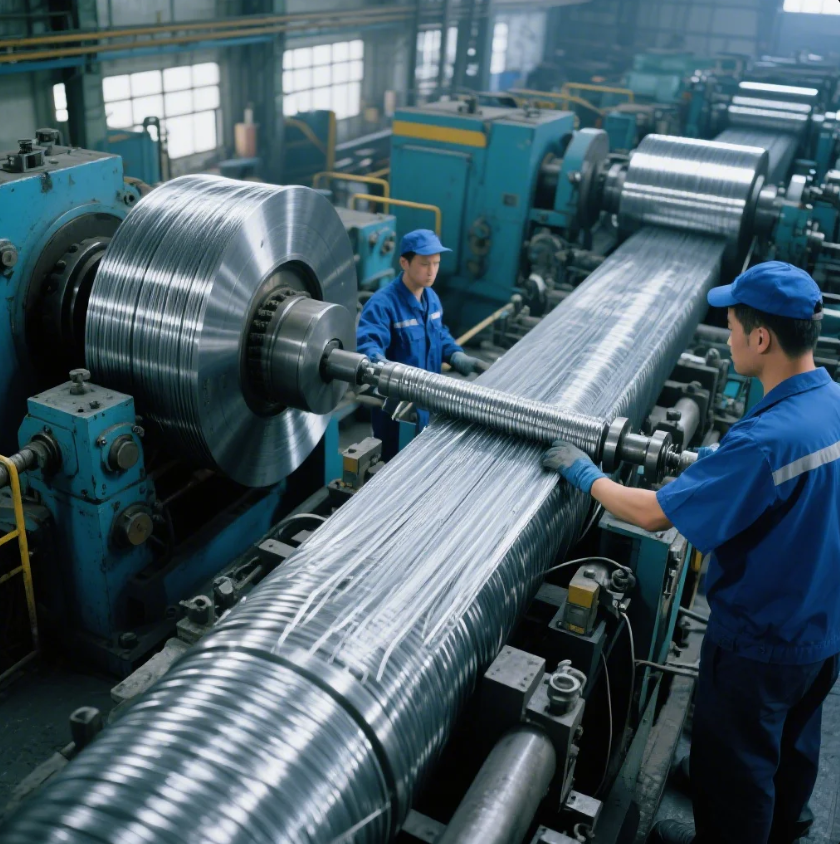
The stretch method is a technique used in various fields, including manufacturing, physical fitness, and goal setting. It is primarily used to expand, shape, or elongate materials or muscles. The concept of stretching can improve flexibility, performance, and efficiency, depending on the context. In manufacturing, it is used to mold metals, while in fitness, it is used to increase muscle flexibility, and in business or personal development, it is used to push individuals or teams to exceed normal expectations. In this article, we will break down the stretch method in different applications, explaining how it works and its importance.
Snippet paragraph: The stretch method is a technique used in various fields to improve flexibility, shape materials, and achieve ambitious goals.
Transition paragraph: Let’s dive deeper into the various applications of the stretch method, from manufacturing and fitness to goal setting, and how each uses stretching to create better results.
What is the stretching method?
The stretching method involves applying controlled force to elongate or expand materials or muscles to achieve a desired change. In metalworking, stretching helps to reshape metals, making them more pliable and allowing them to be formed into more intricate shapes. In physical fitness, stretching involves lengthening muscles to improve flexibility, reduce injury risk, and increase mobility. Both processes require careful control to avoid overstretching, which can result in damage. In business or goal setting, a stretch goal involves setting an ambitious objective that motivates a team to push beyond its usual limits.
Snippet paragraph: The stretching method involves elongating or expanding materials or muscles through controlled force to improve flexibility, formability, or performance.
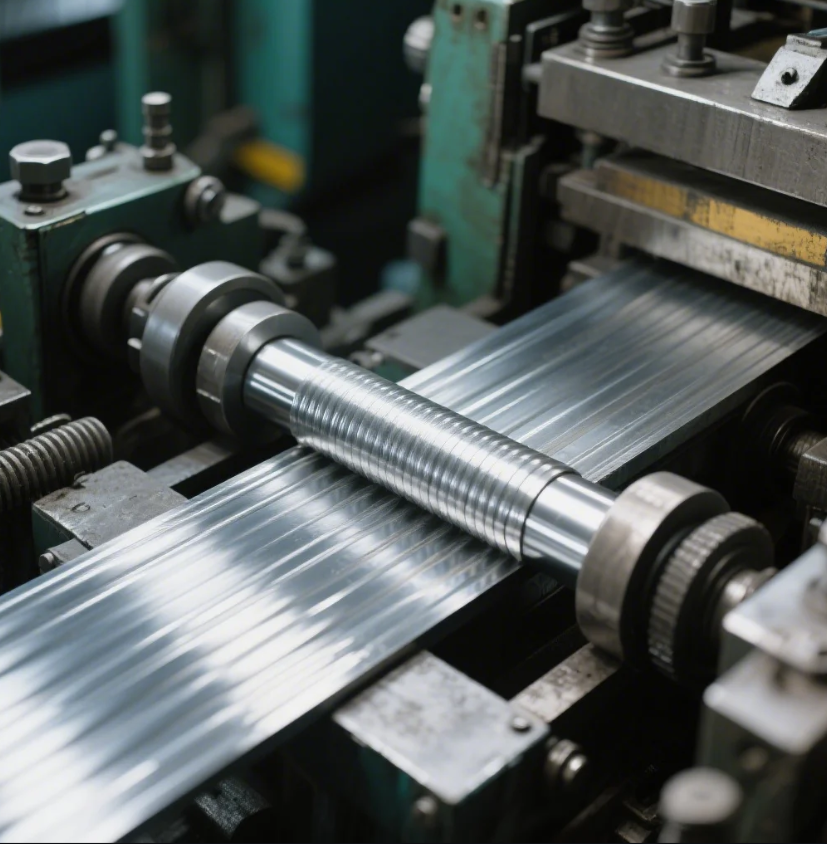
Dive Deeper:
In manufacturing, the stretch method is used to form metal parts such as containers or automotive components. During the stretching process, a metal blank is pulled through a die, which elongates and reshapes it while maintaining its thickness. This method helps avoid the thinning of the metal and ensures the material remains durable while being molded into complex shapes.
In fitness, stretching is often incorporated into warm-up and cool-down routines. Dynamic stretches (such as leg swings or arm circles) are performed before a workout to prepare muscles for activity, while static stretches (like hamstring stretches) are performed afterward to increase flexibility and help muscles recover.
In the context of business, the stretch method is about setting ambitious, often difficult-to-reach goals that encourage teams or individuals to work harder and push their boundaries. Stretch goals can drive innovation and productivity, but they need to be realistic enough to be achievable.
What is the stretch it technique?
The "stretch it" technique is commonly used in fitness, where it refers to the process of safely elongating muscles to improve flexibility, mobility, and strength. The technique can involve both dynamic and static stretching exercises, each with its own purpose. In the "stretch it" technique, the goal is to stretch muscles progressively without causing injury, focusing on lengthening muscle fibers and improving their range of motion.
Snippet paragraph: The "stretch it" technique refers to controlled stretching exercises designed to safely elongate muscles and enhance flexibility, mobility, and performance.
Dive Deeper:
The "stretch it" technique involves stretching exercises that target specific muscle groups and improve flexibility. These exercises are crucial for both athletes and non-athletes alike, as they help prevent muscle injuries, improve posture, and increase overall flexibility.
-
Dynamic Stretching: This involves active movements that take muscles and joints through their full range of motion. It’s often used before a workout to prepare muscles for activity. For example, leg swings or walking lunges.
-
Static Stretching: In static stretching, muscles are stretched and held in position for 20-30 seconds. This is typically done after exercise to help muscles cool down and increase flexibility. For example, holding a stretch for the hamstrings or quadriceps.
The "stretch it" technique should be done gradually, with attention to how the muscles feel. It’s important not to force a stretch too much, as overstretching can lead to strains or tears. A slow and steady approach is key to gaining flexibility and preventing injury.
How do you perform a stretch?
Performing a stretch, whether for muscle flexibility or material stretching, requires a methodical approach to avoid injury and ensure effectiveness. Here’s how you can perform a safe and effective stretch:
- Warm-up: Always begin with a light warm-up before stretching. This helps to increase blood flow to your muscles and prepares them for stretching. You can do a few minutes of light cardio, such as walking or cycling, to get your body ready for deeper stretches.
- Choose the Right Stretch: Select a stretch that targets the muscles or material you wish to elongate or shape.
- Gentle Stretching: Gradually stretch the muscle or material. Avoid jerking or bouncing movements, which can cause injury. Instead, ease into the stretch and hold it steadily.
- Hold the Position: For static stretching, hold the stretch for 20-30 seconds, focusing on deep, controlled breathing to relax the muscle. For dynamic stretches, move fluidly in and out of the position.
- Release Slowly: Gradually release the stretch, ensuring that you don’t snap back quickly, as this could strain the muscle or material.
- Repeat: Perform the stretch 2-4 times, depending on the exercise or the material.
Snippet paragraph: To perform a stretch, warm up, select the right stretch, apply gentle pressure, hold the position, release slowly, and repeat for best results.
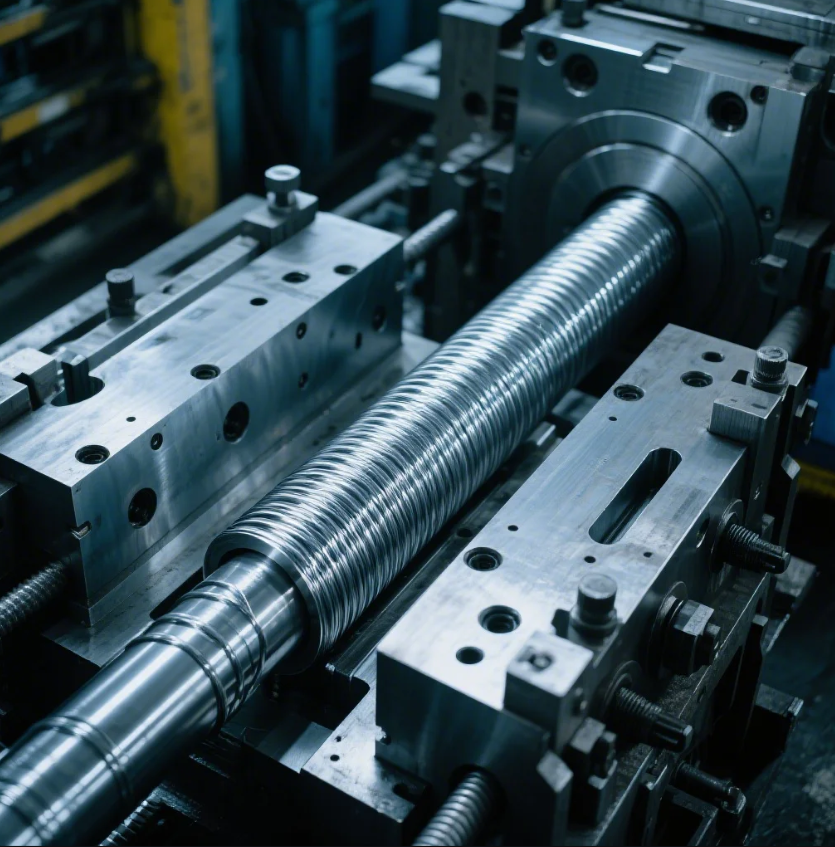
Dive Deeper:
When stretching, it's important to ensure proper technique to avoid injury:
- Controlled Movements: Whether you are stretching muscles or materials, avoid jerky or sudden movements. Gradual and steady stretching is key to ensuring the process is safe and effective.
- Breathe: Focus on your breathing throughout the stretch. Relax and exhale as you stretch deeper, which helps muscles elongate more effectively.
- Don’t Overstretch: Stretching should never be painful. You should feel a mild tension in the muscle or material, but not sharp pain. Pushing too hard can cause muscle strains or material damage.
For muscle stretching, it is ideal to incorporate a variety of stretches to cover different muscle groups. For example, you can alternate between stretches for hamstrings, calves, shoulders, and back. Similarly, in metalworking, stretching should be controlled to avoid warping or thinning the material.
What is the stretch goal method?
The stretch goal method is a goal-setting technique used to encourage individuals or teams to push beyond their standard limits and achieve extraordinary results. A stretch goal is an ambitious target that challenges people to go beyond what they believe is possible, inspiring innovation, creativity, and hard work. These goals are often set higher than typical expectations to push individuals or teams to excel and overcome challenges.
Snippet paragraph: The stretch goal method involves setting ambitious and challenging targets to inspire individuals or teams to go beyond their usual performance.
Dive Deeper:
Stretch goals are used across a wide range of fields, from business and education to sports and personal development. Here’s how to implement the stretch goal method:
- Set a Challenging Target: A stretch goal should be ambitious, yet achievable with effort and determination. It should inspire people to innovate and work harder than usual.
- Break the Goal into Smaller Milestones: While stretch goals are typically large, breaking them down into smaller, manageable milestones helps keep progress on track.
- Create a Plan: Develop a roadmap that outlines the steps necessary to achieve the goal. This plan should address potential obstacles and provide a clear path forward.
- Monitor Progress: Regularly track your progress towards the stretch goal. This will keep motivation high and help make adjustments if necessary.
- Celebrate Success: When the stretch goal is achieved, celebrate the accomplishment. This reinforces the idea that challenging goals can be met with hard work and persistence.
Stretch goals can help individuals and teams break through barriers and achieve success beyond their initial expectations. However, it’s important to ensure that the goal remains realistic, as overly ambitious targets without proper support may lead to frustration.
Conclusion
The stretch method is a versatile and valuable technique used across various fields, from metalworking to fitness and goal-setting. Whether you are stretching materials to create durable components, improving flexibility through exercise, or setting ambitious stretch goals in business, the method promotes growth and development. Understanding how to safely and effectively apply the stretch method is essential for achieving the best results. If you need guidance or assistance in applying stretching techniques, Prime offers comprehensive solutions to meet your goals. Contact us today to learn more about our services!

